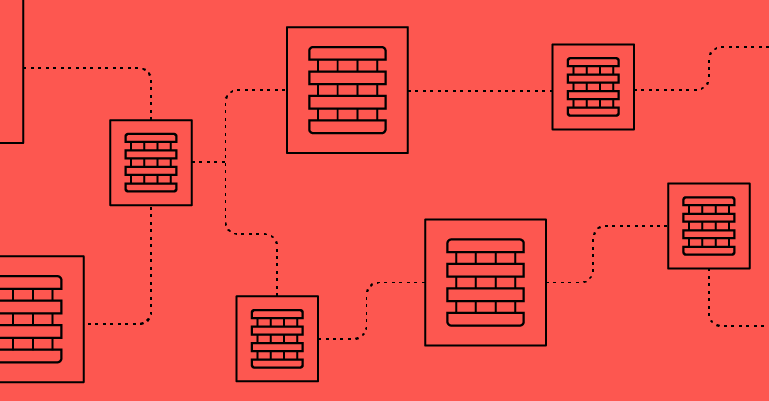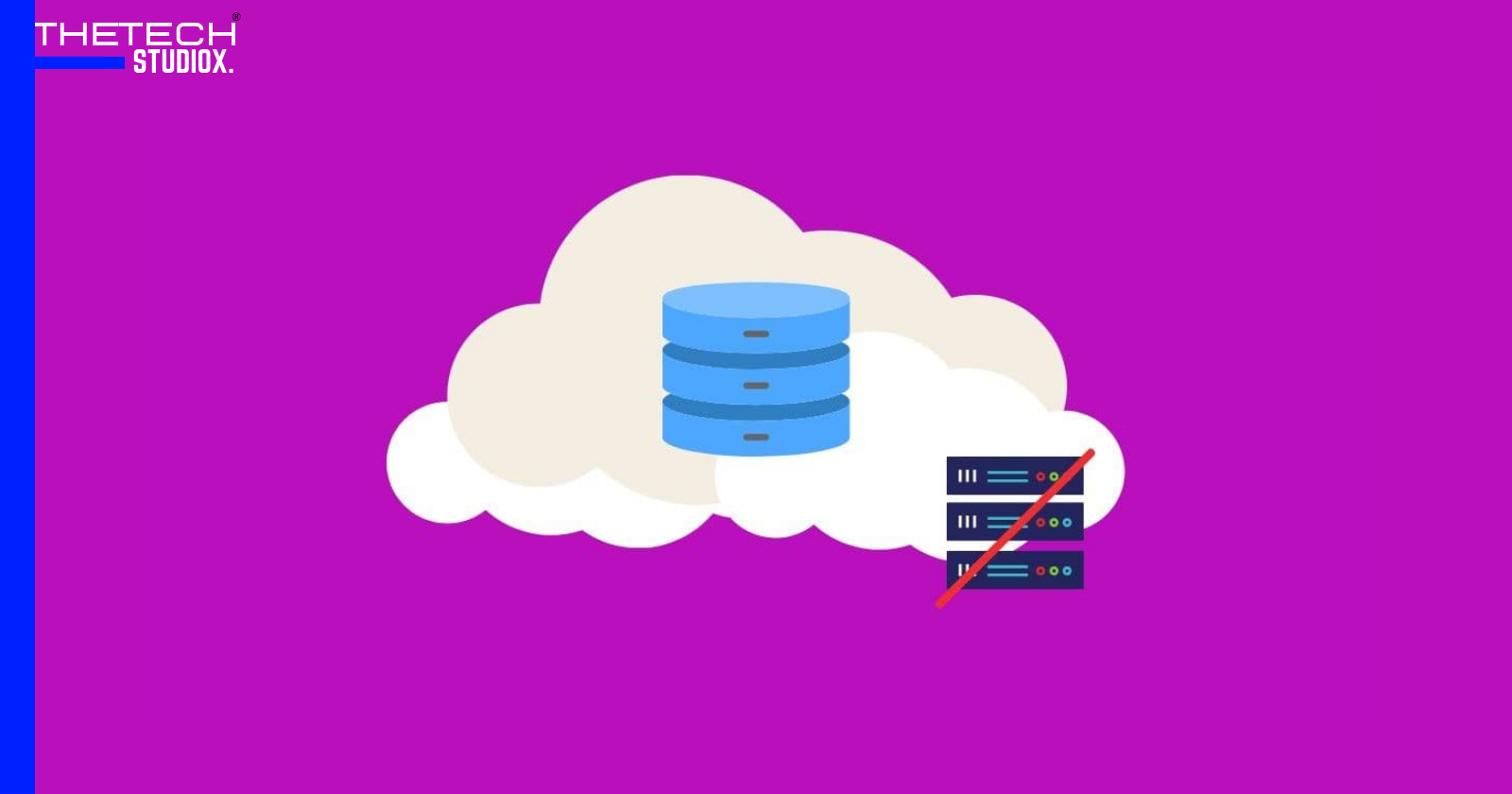Table of Contents
Introduction to Serverless Database
In the rapidly evolving landscape of technology, solutions are continuously sought to enhance efficiency and tackle emerging challenges. One such area experiencing significant transformation is the Department of Database Management and Deployment. Traditionally, developers grappled with the complexities of hardware management for databases, leading to extensive time consumption and increased costs. However, the advent of serverless databases has revolutionized this landscape, offering streamlined solutions and alleviating the burdens associated with traditional database systems.
What is a Serverless Database?
At its core, a serverless database abstracts complex infrastructure concerns, empowering users to focus solely on data management. Unlike traditional databases, where users are tasked with setting up and managing servers, server-less databases are managed entirely by cloud service providers.

Characteristics of Serverless Databases
Automated Scalability
Automated scalability lies at the heart of the serverless database concept, offering a dynamic solution to fluctuating workloads without requiring manual intervention. This feature ensures that resources are allocated efficiently based on demand, optimizing performance and cost-effectiveness.
In practical terms, automated scalability means that the serverless database can adjust its capacity up or down in real time, responding to changes in workload without the need for human intervention. For instance, during periods of low activity, the database can scale down to conserve resources and minimize costs. Conversely, when demand spikes, the system automatically scales up to ensure optimal performance without any downtime.
This capability is particularly valuable in modern, fast-paced environments where workloads can vary dramatically over time. By seamlessly adapting to changing conditions, automated scalability ensures that applications running on server-less databases remain responsive and reliable, regardless of fluctuations in user activity or data processing requirements.
Deployment Speed
One of the most compelling advantages of serverless databases is their remarkable deployment speed, which enables developers to launch database clusters in a matter of seconds or minutes, rather than hours or days as with traditional databases. This accelerated deployment process is made possible by the abstraction of infrastructure management tasks, allowing users to focus solely on their data requirements without the need for extensive planning or configuration.
Unlike conventional databases that often entail complex setup procedures and manual optimization efforts, server-less databases streamline the deployment process through automation and pre-configured settings. As a result, developers can rapidly provision database resources and begin working with their data without being bogged down by administrative overhead.
This rapid deployment capability not only enhances developer productivity but also accelerates time-to-market for applications and services. By eliminating the delays associated with infrastructure provisioning and configuration, serverless databases empower organizations to iterate quickly, innovate more effectively, and capitalize on emerging opportunities in today’s dynamic digital landscape.
Simplified Operations
Simplified operations are a hallmark of serverless databases, offering users a hassle-free experience by abstracting away the complexities of database management. Unlike traditional databases that require ongoing maintenance, monitoring, and optimization to ensure optimal performance and reliability, server-less databases delegate these tasks to the cloud service provider, freeing users from operational burdens.
With serverless databases, users can focus exclusively on working with their data, without having to worry about infrastructure provisioning, software updates, security patches, or backup procedures. This simplicity extends to the development process, as server-less databases typically provide intuitive interfaces and APIs that streamline data access and manipulation tasks.
By minimizing operational overhead and complexity, serverless databases enable organizations to allocate their resources more efficiently, redirecting time and effort toward value-added activities such as application development, innovation, and customer engagement. This simplification of operations is particularly beneficial for small to medium-sized businesses with limited IT resources, allowing them to compete more effectively in today’s digital economy.
Consumption-Based Billing
Consumption-based billing is a key feature of serverless databases, offering users a cost-effective pricing model that aligns with their actual usage patterns. Unlike traditional databases that require upfront investment in hardware and software licenses, server-less databases operate on a pay-as-you-go basis, with users only paying for the resources they consume.
This billing model is based on resource utilization metrics such as compute cycles, storage capacity, and data transfer, allowing users to optimize their costs by scaling resources up or down in response to changing demands. By eliminating the need for fixed infrastructure investments, consumption-based billing enables organizations to align their expenses more closely with their revenue streams, minimizing waste and maximizing ROI.
Furthermore, consumption-based billing promotes cost transparency and predictability, as users can accurately track their usage and expenses in real time through detailed billing reports and dashboards. This visibility empowers organizations to make informed decisions about resource allocation, capacity planning, and optimization strategies, ensuring that they derive maximum value from their investment in serverless database technology.
Advantages of Serverless Databases
Enhanced Focus on Development: With the elimination of intricate management tasks, developers can devote more attention to product innovation and problem-solving.
Cost Optimization: The pay-as-you-go model of serverless databases ensures cost efficiency, particularly beneficial for small businesses seeking to allocate resources judiciously.
Automatic Scalability: Serverless databases seamlessly adjust to varying workloads, mitigating the need for manual scaling and promoting operational efficiency.
Resilience and Fault Tolerance: In the face of unforeseen events, serverless databases exhibit resilience, maintaining data integrity and functionality despite hardware or software failures.
Accelerated Development Process: The streamlined nature of serverless databases facilitates rapid integration and deployment, fostering agility in application development.
Disadvantages of Serverless Databases
Reduced Control: While alleviating management burdens, serverless databases relinquish control to service providers, limiting user autonomy over infrastructure decisions.
Data Privacy Concerns: The inherent reliance on service providers raises data privacy apprehensions, necessitating trust in the provider’s security measures.
Variable Performance: Multi-tenancy and shared resources in serverless databases may result in variable processing times, posing challenges in maintaining consistent performance levels.
Conclusion
In conclusion, the evolution of serverless databases represents a significant milestone in database management and deployment. While offering unparalleled simplicity, scalability, and cost efficiency, they also pose challenges regarding control and performance consistency. Nonetheless, the advantages they present far outweigh the drawbacks, making them a compelling choice for businesses seeking agile and cost-effective solutions.
FAQs
How does a serverless database differ from traditional databases?
Serverless databases abstract infrastructure concerns, offering simplicity and automatic scaling, whereas traditional databases require manual server management.
What are the primary advantages of utilizing a serverless database?
Serverless databases enhance focus on development, optimize costs, offer automatic scalability, exhibit resilience, and accelerate the development process.
What factors should businesses consider before adopting a serverless database?
Businesses should assess their control requirements, data privacy concerns, and performance expectations before transitioning to a serverless database model.
Can serverless databases accommodate varying workload demands?
Yes, serverless databases automatically scale up or down in response to fluctuating workloads, ensuring optimal resource utilization.
What measures can businesses take to mitigate data privacy risks associated with serverless databases?
Businesses should thoroughly evaluate the security protocols of service providers and implement additional encryption and access control measures as needed.




Can you be more specific about the content of your article? After reading it, I still have some doubts. Hope you can help me.